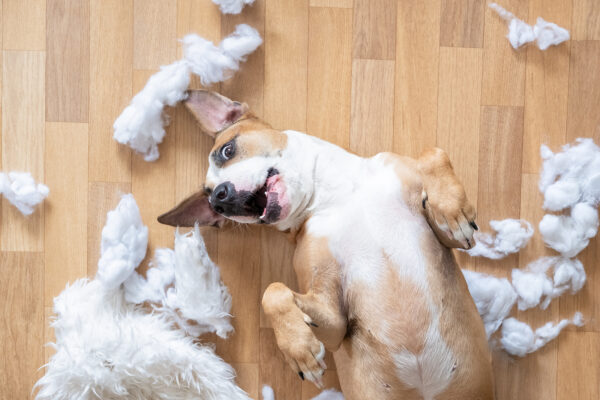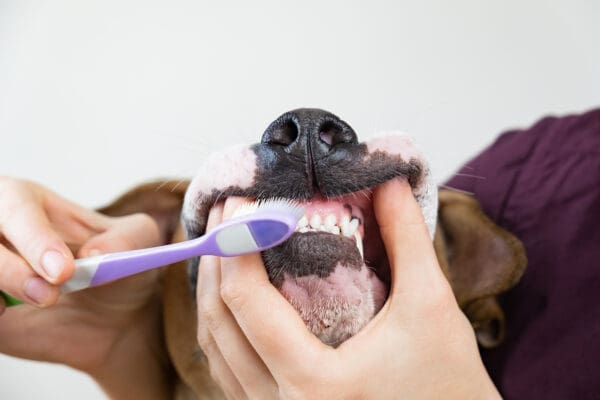
11401 NE 195th St. Bothell, WA 98011
(425) 486-9000 PHONE (425) 486-9002 fax
Captive Environment
Enclosure size should be as large as possible; suggested dimensions are 6 feet long, 2-3 feet deep, and 4-6 feet high. Opaque walls are recommended, as these animals will commonly rub their faces on glass enclosures in an attempt to escape, which can cause significant trauma.
Water dragons can be kept together, but not all water dragons will cohabitate peacefully, and they are typically happiest when housed separately. Aggressive cagemates can bully other water dragons; make sure that there are multiple feeding/basking spots in the enclosure, and that the enclosure is sufficiently large to house multiple water dragons, before committing to having more than one. If one of your water dragons is getting bullied, it will need to be separated from the others.
The cage and furnishings should periodically be disinfected with a one-to-ten solution of bleach, then rinsed and dried thoroughly.
Substrate
Newspaper and Astroturf are the best choices for substrate. Other materials such as tree bark can harbor bacteria, and corn cob bedding and kitty litter are too dusty.
Cage furniture
Water dragons are semi-arboreal. Height is important to allow room for climbing. Provide several branches and rocks for the water dragon to climb on. Replace them when they become too soiled to clean thoroughly. Avoid using live houseplants to decorate with, as they will quickly be consumed and some may be toxic. Artificial plants should be used in the enclosure to provide additional enrichment and allow your water dragon to stay out of sight if desired.
Temperature
Day time: 84-88 F with a basking area of 90 F. Night time temperatures can drop to 75-80 F (no lower!). Use thermometers to measure the temperatures; either an infrared temperature gun or a digital probe thermometer. Do not use hot rocks; these can cause painful and serious burns in lizards. Use overhead ceramic basking lights or a mercury vapor UVB bulb as a heat source.
Lighting
Ultraviolet rays from the sun are converted by the water dragon’s skin into vitamin D3, which is critical for normal metabolism of calcium. Every effort should be made to provide the captive water dragon with opportunities to bask in natural sunlight. Because ultraviolet light cannot penetrate glass, placing the water dragon in a wire cage outdoors, when temperature and weather permit, is recommended. Make sure there is always a shady retreat available. Water dragons cannot sweat, and overheating is a possibility in the summer sun.
When sunlight is not an option, full spectrum fluorescent lighting such as a mercury-vapor bulb should be provided. Place ultraviolet lighting no farther than 24 inches from the water dragon, making sure there is no glass or plastic in between. Leave ultraviolet lights on for at least 10-13 hours per day. Water dragons also need about 10-12 hours of darkness per night to sleep.
NOTE: UVB bulbs should be replaced every 4-6 months, as they will stop producing UV light even though they are still producing visible light.
Water
Water should be offered in a container big enough for your water dragon to soak/swim. The water bowl should be cleaned and disinfected daily. Mist the enclosure once daily to improve humidity levels.
Feeding
A varied diet is a key component to a balanced diet. A water dragon’s primary diet should consist of appropriately sized insects which have been previously gut-loaded for at least 24-48 hours with a combination of chicken layer pellets and fresh fruits/vegetables. Examples of healthy insect options include roaches, mealworms, superworms, butterworms, hornworms, waxworms, phoenix worms, crickets, etc. Finely chopped vegetables and fruits should also be provided (see below for good salad options). Adults can occasionally be offered appropriately sized whole prey items such as mouse fuzzies/hoppers and feeder fish.
Feed young water dragons daily. Adult water dragons should be fed 3-4 times weekly.
Vegetable options: Offer as wide a variety as possible. Collard and mustard greens, kale, broccoli, escarole, spinach, swiss chard, parsley, and romaine are excellent choices, as are carrot and beet tops. Unsprayed dandelion leaves and flowers, and nasturtium and hibiscus blossoms from the yard are excellent additions. Avoid pale greens such as head lettuce and celery tops. Frozen vegetable mixes are excellent choices; as are peas, beans, carrots, beets, corn, sweet potatoes, and summer and winter squash. Choose bulk vegetables that are fresh or frozen, not canned. Wash and chop all bulk vegetables/greens into properly sized bites.
Fruit options: Fruit should not make up more than 10% of the diet. Bananas, grapes, papaya, melon, strawberries, kiwi, mango, oranges, peaches, pears, figs, etc. are all good choices. Wash and chop all fruits prior to feeding.
Calcium
Water dragons in captivity have a high need for calcium that cannot be adequately met through diet alone. A water dragon is almost certain to develop metabolic bone disease without calcium added to its food. To date, there has not been enough research into water dragon nutrition to know exactly what amount these animals require; therefore, it is advisable to use a supplemental source of calcium several times weekly.
There are several brands and formulations of calcium for reptiles currently available. Choose a supplement with calcium carbonate as the primary ingredient, that contains no phosphorous or vitamin D3. Phosphorous can bind calcium, making it unavailable to use, and excess dietary vitamin D3 can lead to kidney disease and other health problems. Sprinkle the water dragon’s food lightly with calcium two to three times weekly.
Health Concerns
Water dragons that are unwell tend to exhibit similar symptoms for a variety of problems. These are often observed when disease is present. Prompt medical treatment is advisable to diagnose and appropriately treat your pet. Symptoms to look for:
-Lethargy
-lack of appetite
-sudden color changes
Metabolic Bone Disease
One of the most common health problems seen among captive water dragons is metabolic bone disease. Although other causes exist, metabolic bone disease is usually caused by inadequate levels of calcium in the diet. The symptoms range from mild cases which exhibit lethargy and lack of appetite, through moderate cases which may have abscesses and fragile bones that fracture easily, to severe end-stage cases with rubbery bones, spinal deformities and neurological signs such as tremors and twitching of the extremities. Veterinary care is a must for animals with metabolic bone disease.
Abscess
An abscess is a pocket of infected material that commonly develops in mouth and jaw areas, as well as on limbs and tails. Abscesses need to be opened and cleaned by a veterinarian, and sometimes require antibiotic treatment as well.
Nose Rubbing
A behavior that often causes injury to pet water dragons is nose rubbing. Nose rubbing usually indicates that the water dragon feels exposed or insecure in its enclosure. Providing more seclusion may help stop this behavior and allow the nose to heal.
Nasal Discharge
This may indicate respiratory illness. Antibiotics are used to treat respiratory disease.
Egg Binding
Occasionally this is a problem with mature females. A lack of appropriate dietary calcium or supplemental UVB lighting can cause abnormally shelled/unshelled eggs to develop, which the female is unable to lay. Spaying is often the only way to save the female’s life.
March 30, 2015
Content of this Care Sheet Courtesy of:
The Center for Bird and Exotic Animal Medicine
11401 NE 195th St. Bothell, WA 98011
(425) 486-9000 PHONE (425) 486-9002 fax



